Bad news. There’s no magic diet, perfect workout, or new gadgetry in these pages. Shocking for a post about New Year’s resolutions, we know. But our guide to having a better year is void of gimmicks.
What you’ll find: more than 25 simple, expert-backed methods you can start now to get you healthier in body and mind this year. Fair warning: Simple does not mean easy.
 Illustrations by Todd Detwiler for Men’s Journal
Illustrations by Todd Detwiler for Men’s Journal
1. Get Strong
It’s not that you need to haul a mattress up a flight of stairs, but it’s nice to know you can. Even nicer is having the muscle and cardiovascular power to do it in your 50s or 60s. Functional movements—lifting, pushing, carrying heavy objects—are a measure of true strength, achievable by doing tried-and-true movements consistently. Mattress aside, building muscle is key to long-term health, protecting almost every system in your body. It’s also a powerful tool for the mind. Strength training seems to help people suffering from depression, anxiety, and other mental issues, suggests a paper from the University of Georgia. Here’s your guide to getting strong, designed by Adam Rosante, a trainer in New York City and author of The 30-Second Body.
How it works: Follow a 3-2-1 breakdown
Resistance train three days a week, do high-intensity interval training twice a week, and do low-intensity steady state training once a week. Rosante recommends sticking to this breakdown for four weeks, then reassessing and adjusting accordingly. Play the long game and tinker with your workout schedule until it fits into your life. That means you don’t need to work out six days a week; instead, double up and do 30 minutes of resistance followed by a 20-minute HIIT treadmill workout or a 30- to 45-minute low-intensity brisk walk to check off two separate workouts.
3 Days a Week: Resistance Training
There are eight basic movement patterns: squat, hinge, lunge, push, pull, rotational, anti-rotational, and carry. Each workout, choose 4 or 5 moves from the following list. Swap movements as desired, like subbing in pullups for inverted rows, or goblet squats for front squats. Perform 3–4 sets of 8–10 reps using a weight that allows you to complete all the reps but no more. Hit all of the patterns at least once a week.
The first round of moves are:
- Front Squat
- Deadlift
- Reverse Lunge
- Pushup
- Inverted Row
- Wood Chopper
- Pallof Press
- Heavy Suitcase Carry
The Plan
Jot down a plan that’ll carry you through the next 3–4 weeks. Include which moves you’ll do on each of three days, and sketch out weights, sets, and reps. Log workouts as you go to track progress. It’ll take about 2 or 3 weeks to feel stronger.
After 3–4 weeks, switch things up. Create a new workout based on the fundamental movement patterns. Try new weights, like switching dumbbells for kettlebells, or trying out sandbags and ViPRs. Do that for 3 or 4 more weeks. You can keep this up all year.
2 Days a Week: High-Intensity Work
Examples: Airdyne Bike, Hill Repeats, Lap Swimming
HIIT workouts rev your heart rate to 80–95 percent of your max. If you don’t have a heart-rate monitor, your effort level should feel like an 8 out of 10. Go hard 10–15 seconds, then back off to a lower intensity for 20 seconds to a minute. Continue alternating for up to 20 minutes.
1 Day a Week Low-Intensity Work
Examples: Casual Bike Ride, Leisurely Hike, Restorative Yoga
Move, but take it easy. Your max effort should be a 3–6 out of 10. It’s a good opportunity to do something low-key with your family.
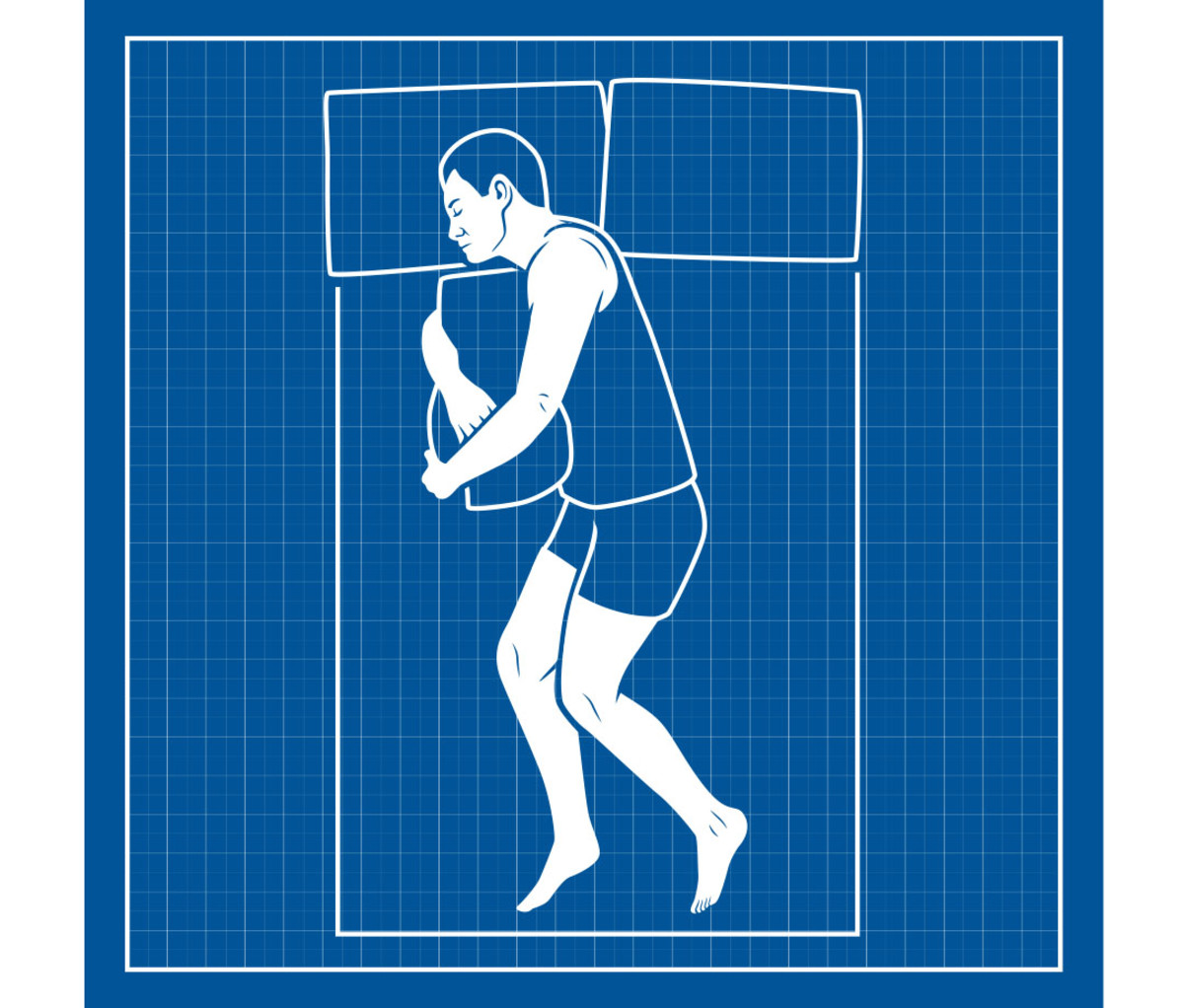 Illustrations by Todd Detwiler for Men’s Journal
Illustrations by Todd Detwiler for Men’s Journal
2. Prioritize Sleep
Just like better workout gear, bedroom gear can help to optimize sleep, says Terry Cralle, a registered nurse with the Better Sleep Council. Here’s where to start:
Replace Your Pillows: Do this every two years. Pillows get smushed over time, and they carry microbes and dust, which can bother people with allergies or respiratory sensitivities.
Get a White Noise Machine: Even if you don’t totally wake up, noise at night can fragment your sleep, which is why you can technically get enough shut-eye but still wake up tired.
Go Dark: “It’s so important to have a completely dark sleeping environment and prevent light leakage from disturbing your sleep,” Cralle says. That means turning your digital alarm clock to face the wall, turning off hallway lights so nothing comes beneath the bedroom door, and installing blackout curtains.
Aim for 7.5 Hours: That’s the approximate amount of hours of sleep a person needs per night, according to a consensus of sleep experts. If you’re not a great sleeper, doctors often recommend trying natural sleep remedies before seeking a prescription. Try sipping tart cherry juice, which contains naturally occurring melatonin—a sleep hormone. Look for a kind that doesn’t have added sugar. We like Cherrish, a blend of Montmorency (tart) and Bing (sweet) cherries—96 per bottle. Drink some two hours before bed.
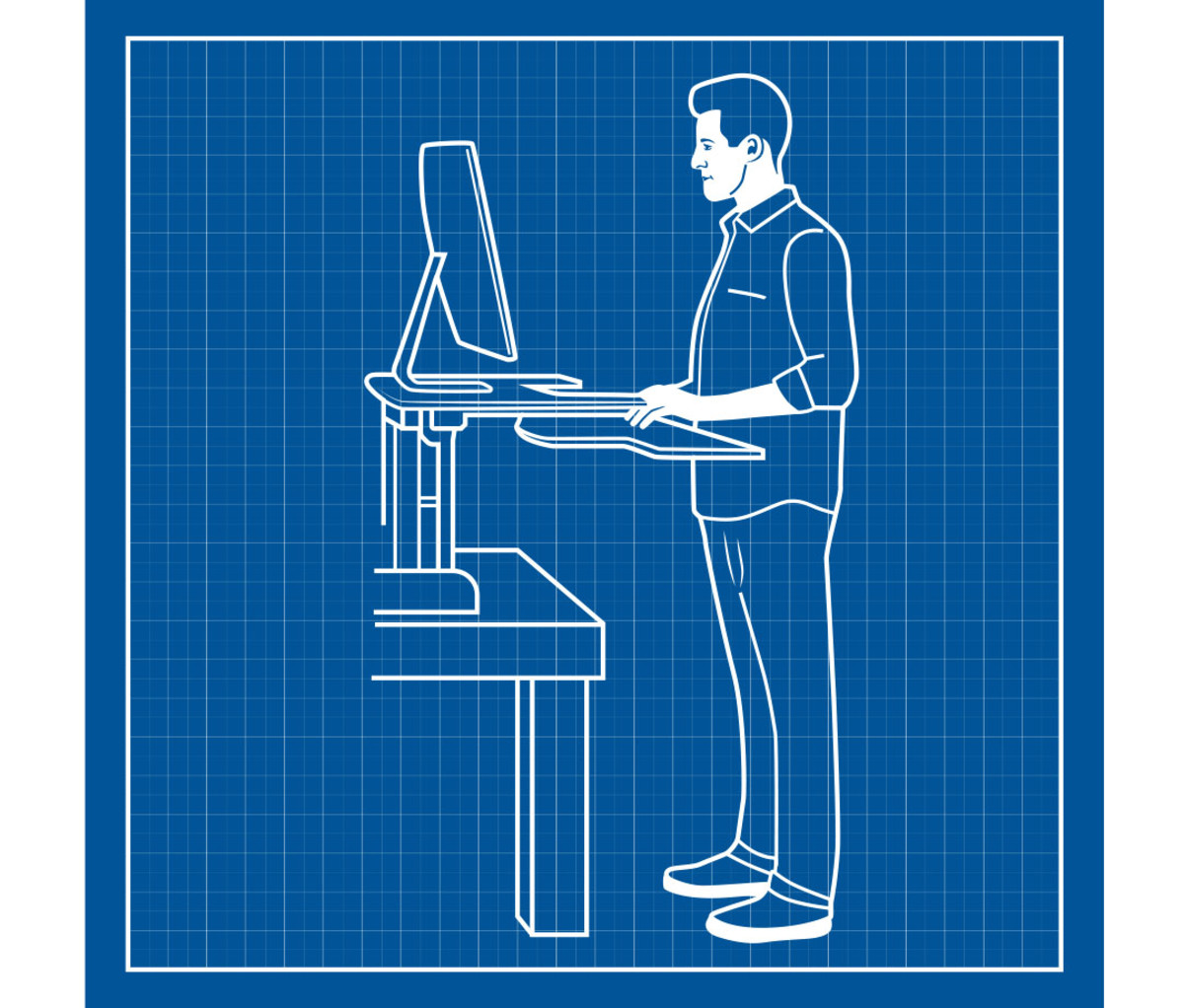 Illustrations by Todd Detwiler for Men’s Journal
Illustrations by Todd Detwiler for Men’s Journal
3. Get Off Your Ass
American adults spend more than three-fourths of their waking hours in sedentary activities like sitting, according to a study of nearly 8,000 people. Too much sedentary time is a huge health hazard, linked to cardiovascular disease, diabetes, and premature death. Assuming you can’t quit your desk job, try to vary your postures and move more. For a start, we recommend an adjustable standing desk. They can be pricey, so check if your company has a corporate wellness program to foot the bill. If not, the brand Fully has a simple standing desk converter for $149. To keep your day active, alternate 8 minutes standing with 20 sitting and 2 minutes of movement like walking or gentle stretching, says Margaret Hanson, an ergonomist at the U.K. consulting firm WorksOut.
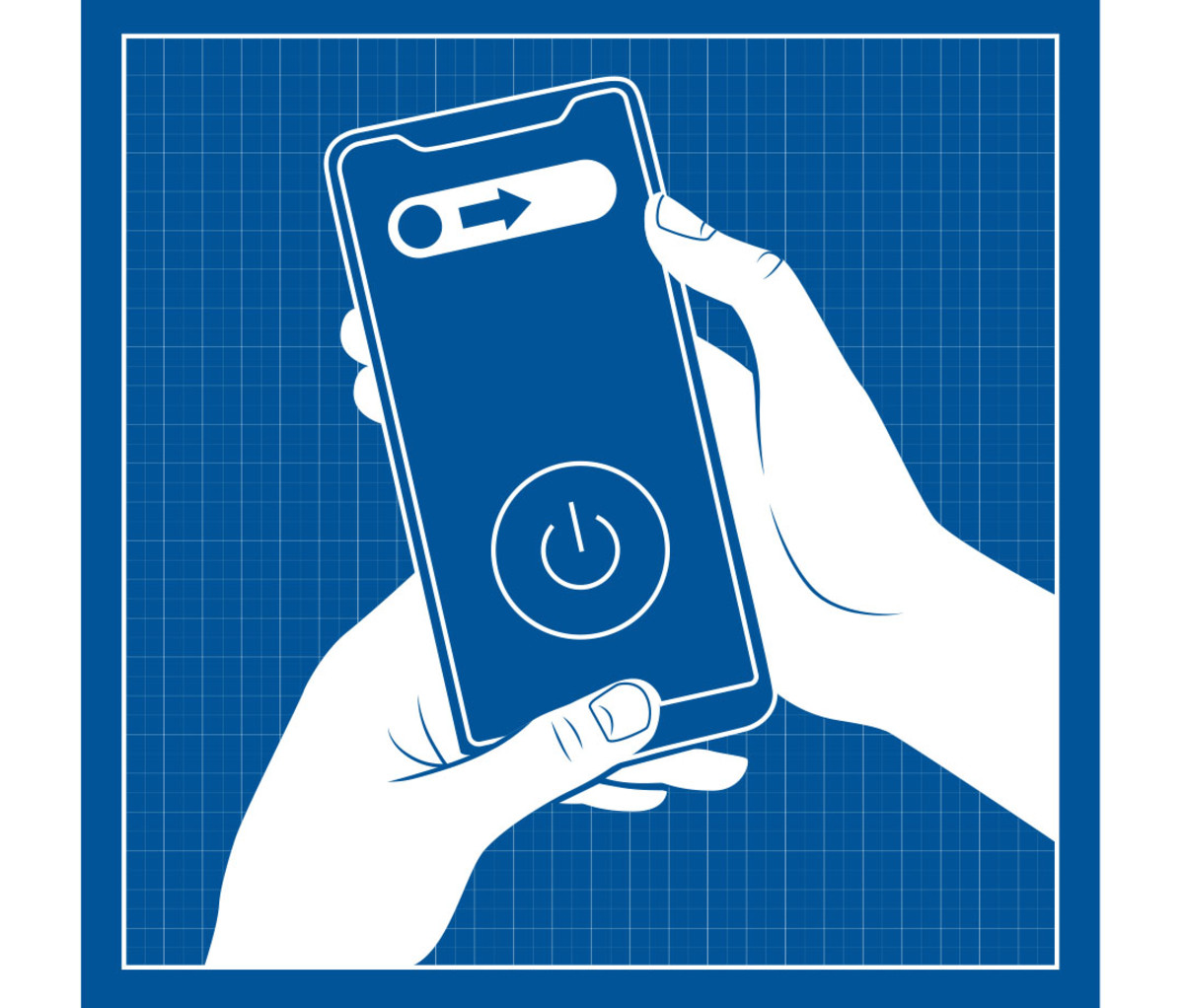 Illustrations by Todd Detwiler for Men’s Journal
Illustrations by Todd Detwiler for Men’s Journal
4. Take a Tech Break
This is the year you stop allowing devices to run your life. Tech can hurt sleep, productivity, relationships, and mental well-being. There’s even more reason to do it if you have a family. Get in the habit of cordoning off your smartphones. Do a 20-minute email check-in right after dinner, minimize weekend screen time, and put phones on Do Not Disturb when you’re out doing activities—callers who ring twice will get put through, so you won’t miss emergencies. If you’re unsure whether you’re an addict, see what it’s like to go without tech. Leave your phone at home when you go for a run, or pop out for groceries. How uncomfortable you are untethered gives you an idea of your dependency. We’re not suggesting you give it up entirely. Emails need replies; Google Maps is a lifeline. But it’s healthy to take time off. Consider a digital-detox vacation—go somewhere with spotty or no service to reconnect with nature.
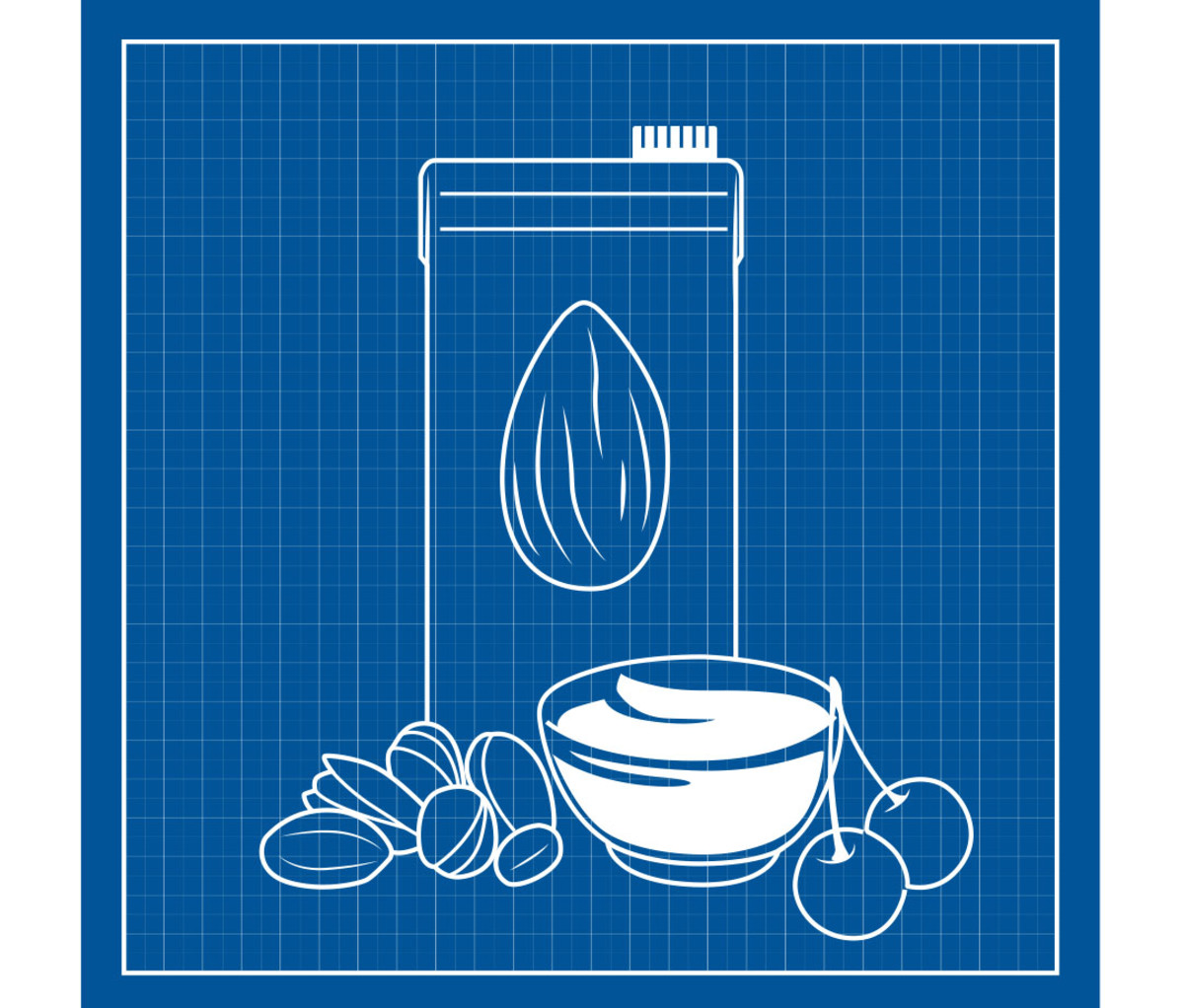 Illustrations by Todd Detwiler for Men’s Journal
Illustrations by Todd Detwiler for Men’s Journal
5. Eat a Legit Breakfast
Yes, the Starbucks Spinach, Feta & Cage Free Egg White Wrap is great in a pinch, but fast and hassle-free meals at home are totally doable. There are a few criteria to a good breakfast, according to Willow Jarosh, a registered dietitian in New York City. It should be robust enough to carry you through workouts or the first part of your day, and contain a good balance of macronutrients as well as healthy produce—vegetables, if possible. Here are three of her top picks.
Overnight Oats
The concept is simple. In a mason jar or other sealed container, combine rolled oats, milk or yogurt (which softens the oats), some add-ins like nuts, dried or fresh fruit, plus spices or vanilla extract. Seal and refrigerate. The next morning, stir and eat. Or portion out several on Sunday to have through the week. Here’s our go-to combo:
Cherry-Pistachio Overnight Oats
- 1⁄2 cup 2 percent milk
- 1⁄2 cup plain lowfat yogurt
- 1⁄2 cup rolled oats
- 1⁄2 cup frozen cherries, thawed
- 1⁄4 cup unsalted pistachios
- Season with orange zest, ground cinnamon, and ground ginger to taste
Breakfast Fried Rice
If you’re already in the habit of cooking a second portion of dinner to eat for lunch, do the same for breakfast. Make an extra cup of grains—such as quinoa or brown rice—plus a big helping of vegetables. In the morning, crack two eggs in an olive oil–coated pan, and scramble with the leftover grains and veg. Top with sliced avocado and sriracha. Make it to-go and roll in a tortilla for a breakfast burrito.
Low-Sugar Smoothies
Don’t balk when you read this recipe and see cauliflower. It’s delicious in smoothies, adding a thickness akin to ice cream (seriously). And it’s packed with vitamins and fiber for satiety. To cut down on time in the a.m., at night toss everything except the banana and cauliflower in the pitcher of a blender and refrigerate. Then in the morning, add produce, blitz, and enjoy.
Pumpkin Pie Smoothie
- 3 ounces firm tofu (about 1⁄2 cup cubed)
- 1 cup 2 percent milk
- 1 large ripe banana
- 1 tbsp raisins
- 1⁄2 cup pumpkin puree
- 1⁄2 cup frozen cauliflower (don’t thaw)
- 2 tbsp almond butter
- Season with pumpkin pie spice, turmeric, and pepper
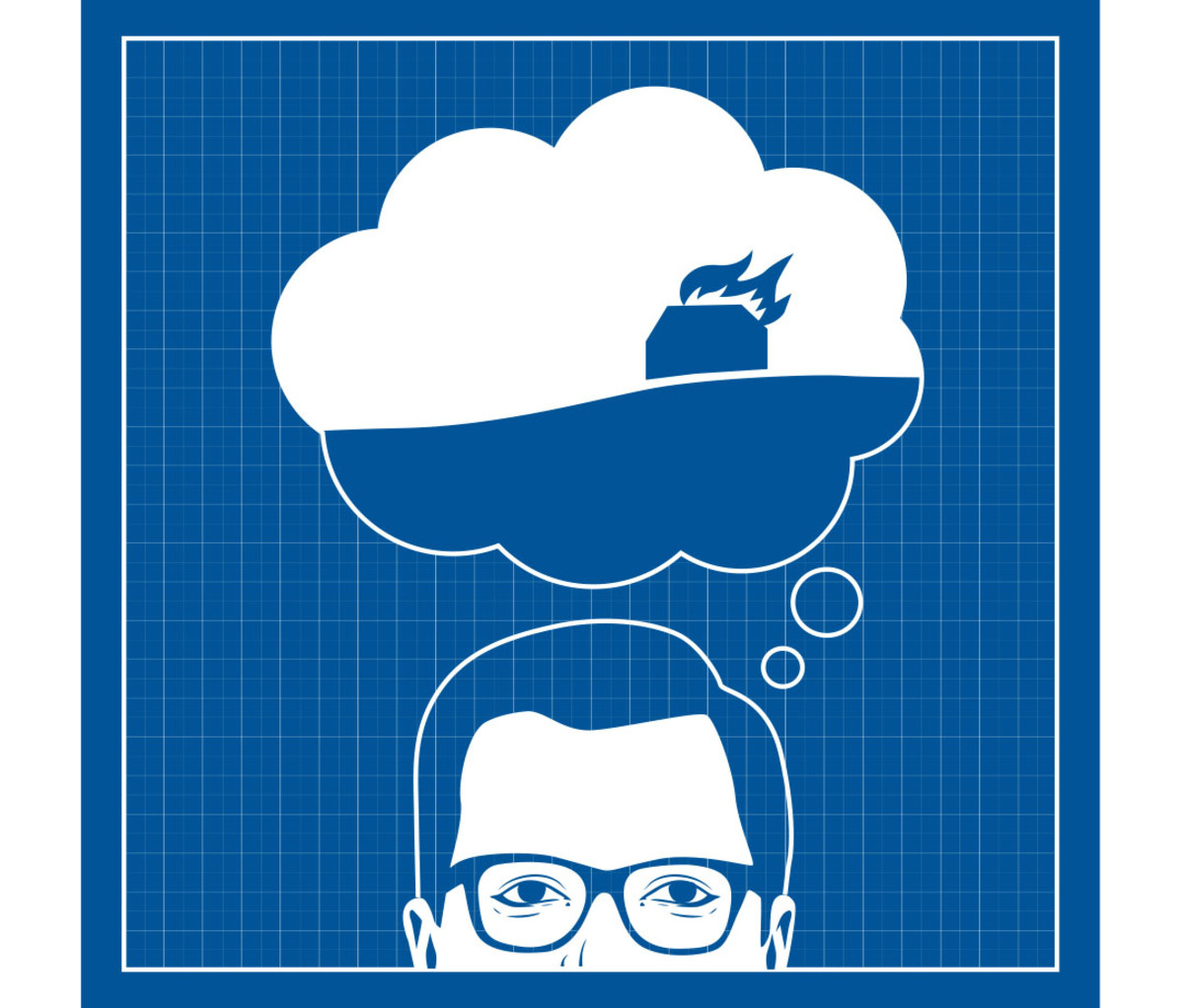 Illustrations by Todd Detwiler for Men’s Journal
Illustrations by Todd Detwiler for Men’s Journal
6. Talk About Your Feelings
If you haven’t heard the news, it’s good to talk to someone about what’s going on. Even better if you can start a dialogue when things are stable and going well. “It’s about building a connection to a professional who knows your story before things get tough, so they can actually help you in that moment,” says Kelli Harding, M.D., a psychiatrist in New York City and author of The Rabbit Effect. But finding an hour a few times a month can be a separate challenge. If that is what’s standing in your way, try telemedicine services, which facilitate video chats with licensed therapists. (We like Talkspace.) Check with your insurance—many have telemedicine options, so you avoid the rigmarole of insurance approvals and co-pays. While these services are convenient, they’re not a total replacement for in-person interactions, Harding adds. And be a little patient with the process. You may need to shop around for a person you’re comfortable with, which is the key to a successful, sustained relationship.
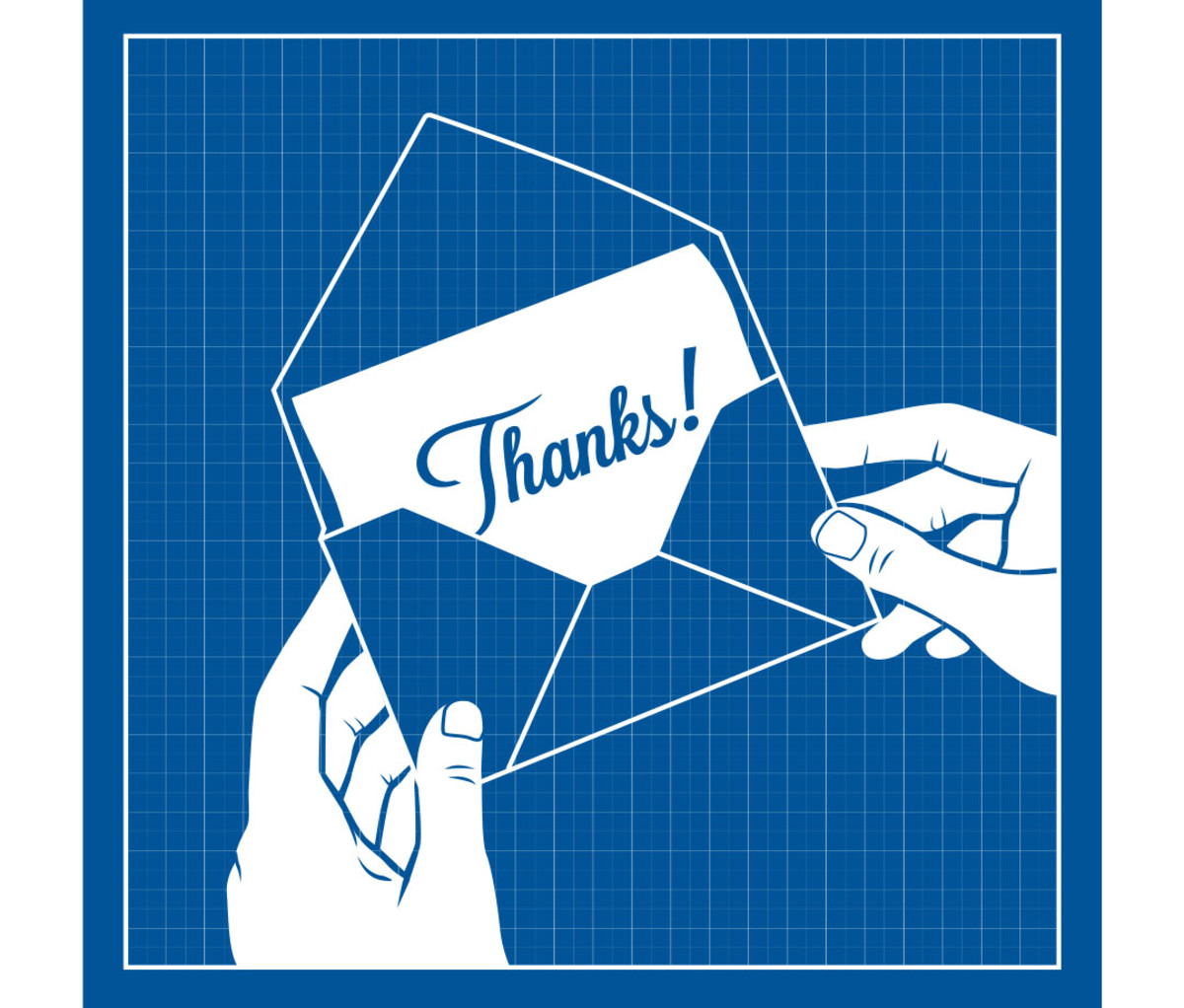 Illustrations by Todd Detwiler for Men’s Journal
Illustrations by Todd Detwiler for Men’s Journal
7. Embrace Gratitude
Saying “thank you” isn’t just a social norm. It’s physically good for you. “Kindness and gratitude impact health on a physiological level,” says Harding. “Studies show practicing gratitude lowers blood pressure, boosts immune system and energy levels, and helps you sleep better. The vast majority of our health is actually being determined by positive connections to other people.” Maybe practicing gratitude sounds touchy-feely, but it’s simply expressing thanks—to a coworker who had your back in a meeting, to your kids for cleaning up their rooms, or to a friend who picked up the bar tab. If you’re not up for a public airing of gratitude, try this: Before you go to bed, jot down three things you’re thankful for in a notebook or on your phone, and reflect on it for a few minutes. Research suggests it may actually help you sleep better.
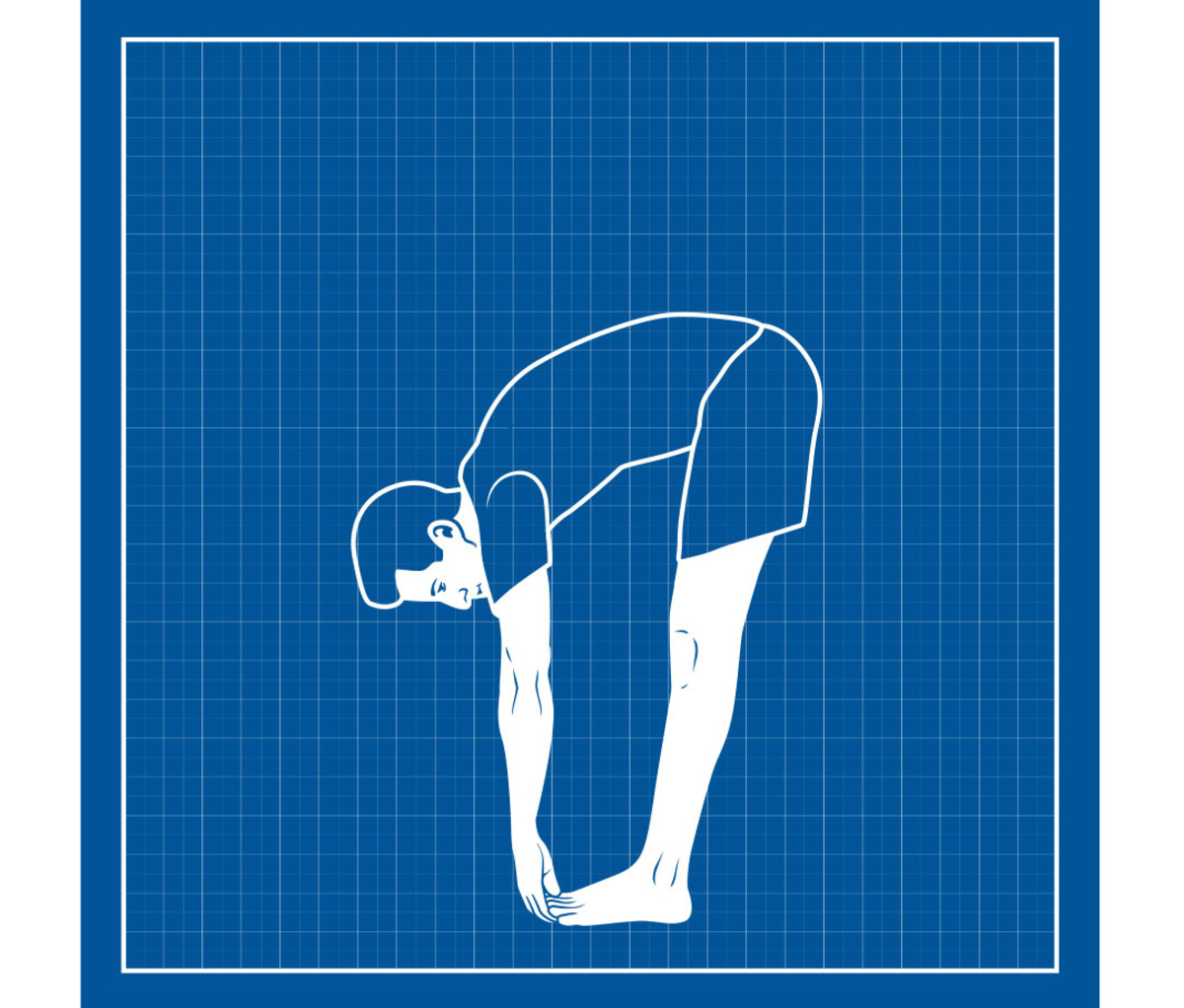 Illustrations by Todd Detwiler for Men’s Journal
Illustrations by Todd Detwiler for Men’s Journal
8. Touch Your Toes
Mobility is the foundation of all physical activity, but it’s the first thing people neglect when they’re short on time. To move well, you need healthy muscles and ligaments, as well as good range of motion within the body’s key joints, says Austin Martinez, director of education for StretchLab in Southern California.
But how mobile are you, anyway? Touching your toes is a good rough guideline. “It’s a way to measure progress towards increasing mobility over time,” Martinez says. “How hard it is to actually reach your toes varies person to person, but the more frequently and consistently you’re stretching toward this goal, the easier it will be.”
Improved flexibility, mobility, and range of motion have been shown to decrease the risk of injury, especially key if you’re an active person (think runner, skier, hiker). Get a baseline measure: Fold forward, keeping back straight, and see how close to your toes your fingers get. Then do this three-move routine once a day. Test your toe-touch progress once a week.
Ten-Minute Mobility Routine
1. Seated Straddle
What it works: hamstrings and lower back
How to do it: Sit on floor, legs locked out in a V position, toes pointed up. Reach forward with both hands, allowing a slight bend in lower back while engaging core. Hold for 30 seconds, then back off. Repeat twice.
2. Pigeon Pose
What it works: piriformis (a muscle at top of hip joint), glutes
How to do it: Kneel and place hands on floor in front of knees. Slide left leg behind you so knee and shin are flat on floor. Bend right leg, with knee pointed at a 45 degree angle, right heel under left hip. Walk hands out in front of body, resting chest over right knee. Hold for 30 seconds, release, then switch sides. Repeat twice.
3. Hip Flexor Stretch
What it works: hip flexors
How to do it: Kneel, then lift right leg and place foot on ground. Keeping back straight, squeeze left glute, shifting torso slightly forward, without chest tipping over. Hold for 30 seconds, then switch sides. Repeat twice.
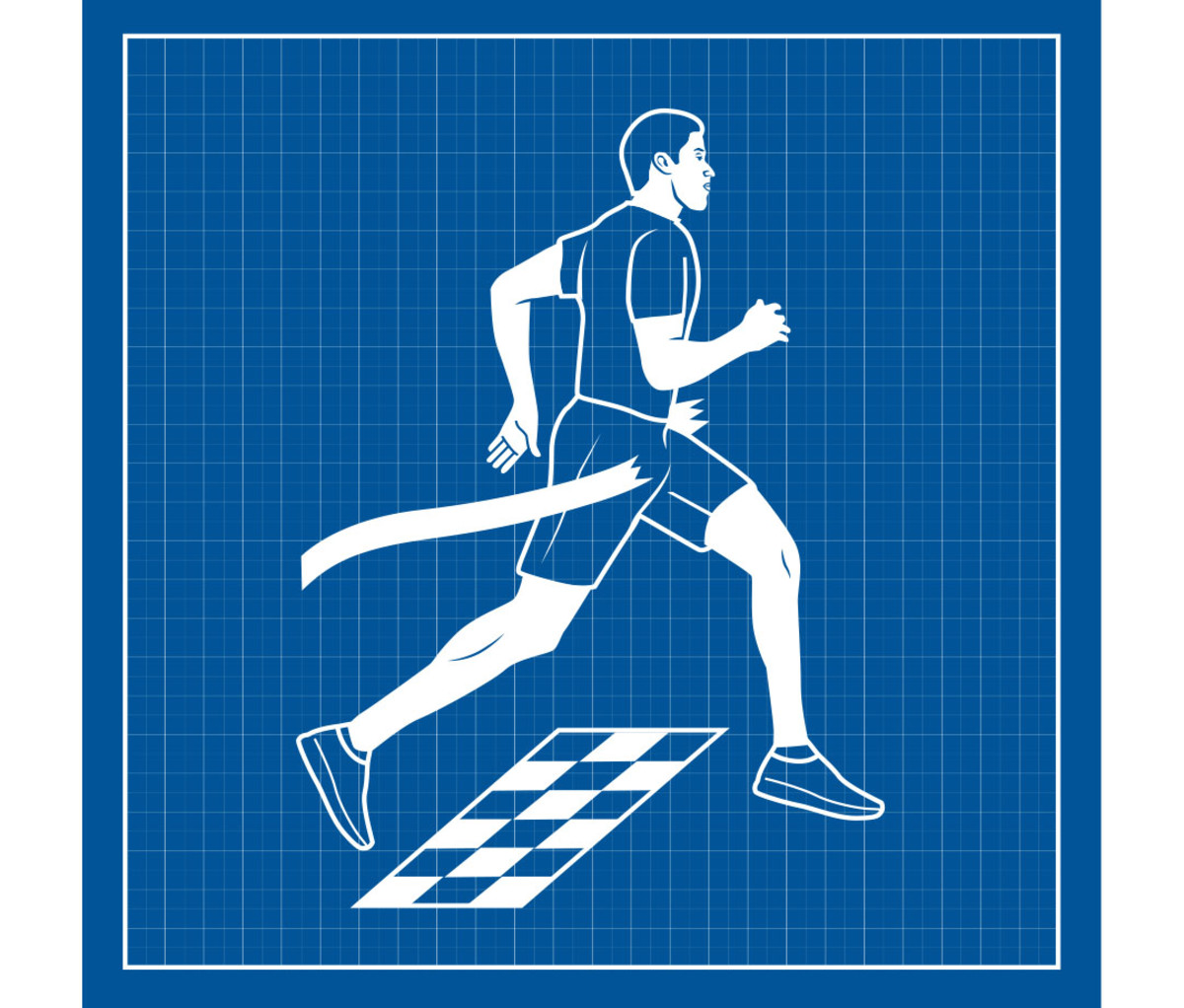 Illustrations by Todd Detwiler for Men’s Journal
Illustrations by Todd Detwiler for Men’s Journal
9. Finish What You Start
The main selling point of multitasking is that it’s efficient. But we’ve been sold a bill of goods. “Your brain can’t focus on multiple attention-requiring tasks at the same time,” explains Dave Crenshaw, author of The Myth of Multitasking. “Every time you do that, you’re actually switching back and forth between tasks.” And toggling can cost as much as 40 percent of someone’s productive time, according to research cited by the American Psychological Association. Tasks take longer, there’s more room for mistakes, and stress levels rise, Crenshaw says. These breakdowns can have a negative effect on your working relationships with colleagues, too. Stop using to-do lists. Instead, make scheduled commitments to complete tasks on your calendar. Leave plenty of unscheduled buffer time so that when interruptions occur—and they will occur—there is time to deal with them but still stay on schedule.
For access to exclusive gear videos, celebrity interviews, and more, subscribe on YouTube!
Source: Wellness - mensjournal.com


